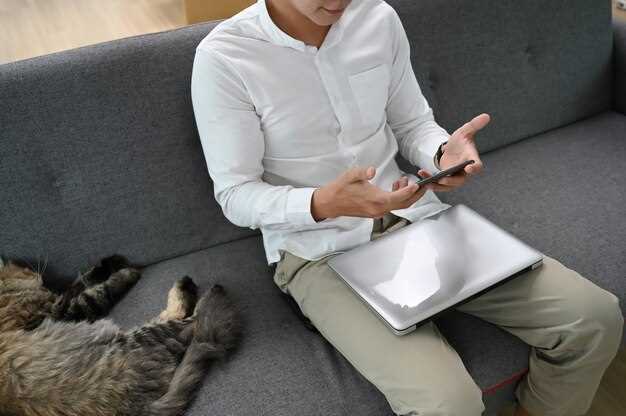Begin by grabbing a clicker, some treats, and your dog’s undivided attention. The clicker is your communication tool, marking the exact moment your dog gets it right. The sound signals a reward is coming, helping your dog connect actions with outcomes remarkably fast. Be consistent; your clicks should always be followed by a treat.
Position yourself in a quiet area, free from distractions. Hold a treat near your dog’s nose, then slowly move it back over their head. Naturally, dogs sit to track the treat, so the moment their bottom touches the ground, click the device and immediately offer the treat. Timing is crucial here–the click must occur just as their motion stops.
Repeat this exercise in short sessions, gradually introducing a verbal cue like “sit” just before your dog sits reliably. As your dog begins to associate the word with the action, say “sit” before you move the treat. After multiple successful repeats, try the command without the lure, using just the verbal indication.
As your sessions progress, extend the time between the action and the reward. Encourage your dog to remain sitting by withholding the treat for a few seconds longer each time, eventually reaching up to a minute. This helps reinforce stability and attention, skills that are beneficial in various situations.
Throughout the training process, remain patient and upbeat. Dogs respond best to positive reinforcement, and understanding their pace ensures a fun and productive experience for both of you. Celebrate small victories and enjoy the bonding experience, knowing you’re building a foundation for a well-behaved companion.
Training Your Puppy to Sit with a Clicker
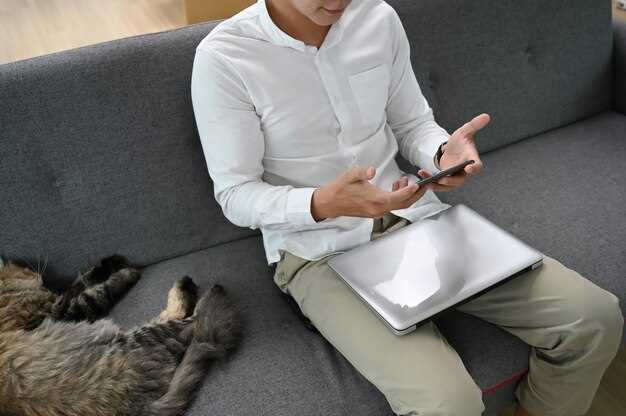
Begin by choosing a quiet environment with minimal distractions. Hold the clicker in one hand and a treat in the other. Show your puppy the treat to get their attention, then slowly move it above their nose and towards their back. This motion encourages the puppy to naturally lower their rear end.
As soon as your puppy’s bottom touches the ground, click the clicker immediately and offer the treat. The click acts as a marker to communicate that they performed the desired behavior correctly. Timing is critical here – the sound must follow the action precisely so they make the connection.
Repeat this process in short sessions of about 5-10 minutes, ensuring your puppy remains engaged and interested. Consistency and patience are key. If the puppy does not sit, refrain from vocal commands; instead, use the treat to guide them again. Gradually introduce the verbal cue “sit” once the puppy begins to follow the motion reliably.
Practice daily to reinforce the behavior, and gradually introduce new environments to generalize the command. Ensure that every correct action is immediately followed by a click and treat, reinforcing their understanding. As proficiency improves, intermittently reward them, making the reward system unpredictable and strengthening the behavior.
Choosing the Right Clicker for Your Puppy
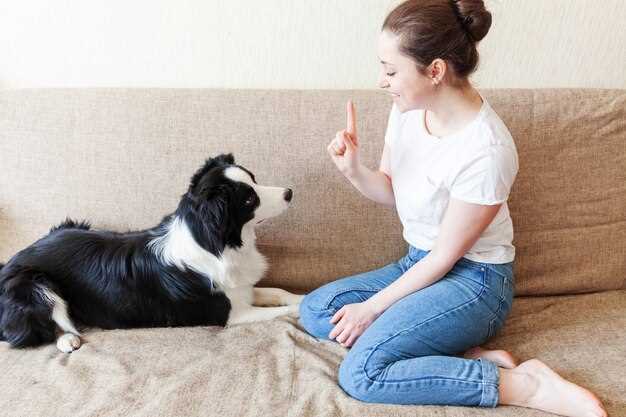
Begin by selecting a clicker that fits comfortably in your hand, making it effortless to carry during training sessions. Opt for a clicker with a distinct and clear sound, as puppies respond better when they can easily associate the click with a specific action. Test a few models to ensure the sound is neither too loud nor too soft for your puppy’s comfort.
Consider purchasing a clicker with a wrist strap or clip for easy access, as dropping it can interrupt the training session. Additionally, a clicker with volume control can be invaluable for adjusting to different environments and noise sensitivities. Puppies often get distracted, so maintaining a consistent and appropriate volume helps keep their focus.
Choose a clicker with a durable build, especially if you plan to use it outdoors or in active settings. Waterproof versions offer added protection in case of unexpected weather changes or spills. Lastly, if you’re new to clicker training, look for a model that comes with guidelines or an instructional booklet to ensure you’re using it correctly.
Step-by-Step Instructions for Teaching “Sit”
Position yourself in a distraction-free environment where your dog can focus entirely on the training.
- Hold a treat: Use a small, tasty treat that your dog loves. Hold it close to their nose to grab their attention.
- Guide their posture: Slowly raise the treat above your dog’s head. As they follow the treat with their eyes, their bottom should naturally start to lower to the ground.
- Use the command: As soon as your dog’s bottom hits the floor, say the word “sit” in a clear and upbeat tone.
- Click and reward: Immediately click your clicker and give your dog the treat. This reinforces the behavior you’ve just taught.
- Repeat consistently: Practice this several times, ensuring positive reinforcement each time your dog successfully sits on command.
- Gradually increase the challenge: Once your dog gets the hang of it, start practicing in different locations with varying levels of distraction.
- Introduce a release word: Teach your dog a release word like “okay” to let them know they can move from the sitting position.
With consistent practice and patience, your dog will soon sit reliably on command even in distracting environments. Celebrate small victories and keep training sessions short to maintain enthusiasm.
Troubleshooting Common “Sit” Training Problems
Faced with a dog’s short attention span during training? Keep sessions under 5 minutes. High-energy breeds may need a quick game before focusing on commands.
- Dog Won’t Sit: Ensure you’re holding the treat above the dog’s nose and slowly moving it over their head. This action naturally encourages a sitting motion.
- Inconsistent Response: Use the clicker at the exact moment the dog performs the behavior. Consistency helps reinforce the action.
- Loss of Interest: Use high-value treats like small pieces of chicken or cheese. Change treats if your dog seems bored.
- Distracted in New Environments: Gradually increase distractions. Start training in a quiet space, then move to busier areas once the command is solid.
- Rises Quickly After Sitting: Add a verbal cue like “stay” immediately after the sit command. Reward the duration of the sit progressively.
If progress stalls, revisit training basics. Ensure signals are clear and rewards are timely. Consistency across different family members is key to maintaining progress.
Building a Strong Foundation with Basic Commands
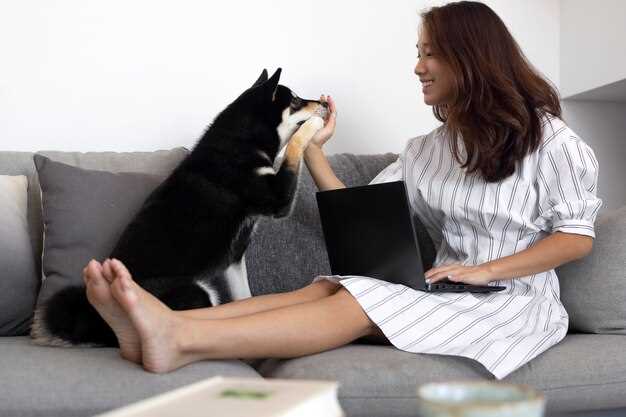
Begin by introducing your dog to the simple command “sit” using a clicker. Hold a treat close to your dog’s nose and move your hand up, allowing their head to follow the treat and their bottom to lower. Once they sit, click and reward immediately. This creates a clear link between the command, their action, and the reward.
Consistency is key. Practice in short sessions, multiple times a day, to prevent fatigue and maintain engagement. Gradually phase out the use of treats as your dog becomes more proficient, reinforcing with praise or a click instead.
Incorporate the “sit” command into daily routines. Ask your dog to sit before meals, at the door before walks, and during playtime. This not only reinforces the command but also instills manners and discipline.
Once your dog consistently sits on command, introduce distractions for advanced training. Work in different environments, such as parks or friends’ homes, to strengthen their response in varied settings.
| Exercise | Description | Goal |
|---|---|---|
| Basic Sit | Use a treat to guide your dog into a sitting position, then click and reward. | Associate the sitting action with the click and treat. |
| Session Replication | Practice multiple short sessions daily to reinforce the command. | Increase your dog’s understanding and consistency. |
| Daily Integration | Use “sit” throughout daily activities to maintain command understanding. | Enhance situational obedience and manners. |
| Advanced Distraction | Practice the command in different environments and with distractions. | Ensure reliability of the command in varied settings. |
Patience and perseverance will enable successful training, ensuring a well-behaved and responsive companion.
What Makes Clicker Training Unique?
Clicker training stands out due to its clarity and precision in communication with pets. Unlike other methods that may rely on physical prompts or corrections, clicker training emphasizes positive reinforcement, making it a rewarding and humane approach. The click sound acts as a distinct marker, instantly identifying the desired behavior at the exact moment it occurs.
Consistency is another remarkable feature. The click remains the same every time, ensuring that your pet receives the same signal for the same action. This helps in establishing a strong connection between the behavior performed and the reward given.
Speed of learning also sets clicker training apart. Pets often grasp new behaviors more quickly because the click precisely identifies what they did right. This reduces confusion and speeds up the training process significantly.
Furthermore, clicker training’s adaptability allows it to be effective with a wide range of animals, not just dogs. Whether training cats, birds, or even dolphins, the principles remain the same, making it a versatile choice for trainers and pet owners alike.
Finally, the most unique aspect is the bond it fosters. The clear communication model builds trust and cooperation between you and your pet, making training an enjoyable experience for both sides.
Introducing the “Come” Command to Your Puppy
Begin training your puppy with the “come” command in a quiet area with minimal distractions. Kneel down to the puppy’s level, and gently call your puppy’s name followed by the word “come” in an enthusiastic tone. As your puppy approaches, immediately click the clicker and reward them with a treat to reinforce the behavior. Consistency is key, so repeat this process regularly, gradually increasing the distance between you and your puppy.
Ensure each session remains positive and engaging for your puppy. Incorporate play and affection as part of the reward system, which can strengthen the bond and make learning enjoyable. Avoid repeating the command excessively to prevent your puppy from ignoring it. If your puppy becomes distracted, regain their focus by reducing the distance and using a more enticing treat or toy as motivation.
Once your puppy consistently responds in a controlled environment, introduce mild distractions to further improve their response to the “come” command. Play games like hide and seek to add a fun element to the training. Slowly progress to busier settings as your puppy becomes more reliable. Always maintain a patient and encouraging attitude, ensuring your puppy associates coming to you with positive outcomes.
Establishing Command Consistency in Various Environments
Reinforce the “sit” command by practicing in different environments. Start with familiar areas, such as your living room, where distractions are minimal. Gradually increase the challenge by practicing in more distracting settings like a park or during a walk. This trains your dog to respond consistently despite environmental changes.
Use a table to track progress and ensure consistency:
| Environment | Command Response Success Rate | Notes |
|---|---|---|
| Living Room | 95% | Minimal distractions, responds well. |
| Backyard | 85% | Moderate distractions, occasional delay. |
| Local Park | 70% | High distractions, needs improvement. |
Be patient and consistent, repeating the training until your dog responds reliably. Always reward successful attempts to reinforce positive behavior. Precision and clarity in your commands across different situations will help establish strong command adherence, regardless of environment.
Teaching “Stay”: Building Duration and Distance
Begin with your dog in a comfortable sitting or lying down position. Hold a clicker in one hand and treats in the other. Introduce the command “Stay” in a clear and firm voice. Briefly step back from your dog, maintaining eye contact, and wait a few seconds.
If your dog remains in position, immediately click and reward them with a treat. Gradually increase the time between issuing the command and offering a reward. Avoid large jumps in duration to prevent overwhelming your dog. For every successful stay, extend the duration slightly before rewarding again.
Once the dog can hold the position for several seconds, incorporate distance. Take one or two steps back after commanding “Stay” and reward successful attempts. Consistently click and treat to reinforce the behavior.
Practice in different environments to strengthen your dog’s ability to stay amidst distractions. Increase both duration and distance in small increments over time. Consistent daily practice helps cement the behavior, making it reliable in various situations.
The Importance of Reward Timing and Consistency
Deliver rewards immediately after your dog performs the desired action to strengthen the connection between the behavior and the treat. Aim for a time window of one to two seconds after the action. This rapid response helps your dog understand exactly which behavior is being rewarded.
- Timing: Immediate rewards reinforce learning. If there’s a delay, your dog may not associate the reward with the correct action.
- Consistency: Always reward the behavior you’re training, especially during the initial stages. Consistency ensures your dog learns to predictably associate sitting with positive outcomes.
- Adjust As Needed: Once the behavior is consistently offered, switch to a variable reinforcement schedule. This means rewarding intermittently to maintain motivation and strengthen the behavior further.
Remember to pair the reward with verbal praise or a clicker sound. This combination creates a strong, multi-sensory signal that marks the behavior. Consistent use of these cues allows your dog to reliably understand what you expect from them. As your dog becomes more adept, gradually reduce the frequency of treats but maintain verbal praise to keep the momentum going.
Q&A:
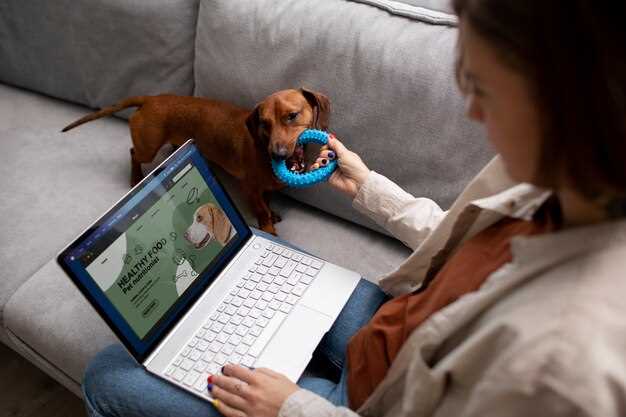
Why is clicker training considered a good method for teaching a dog to sit?
Clicker training is popular for teaching a dog to sit because it uses positive reinforcement, which encourages the desired behavior. The clicker sound serves as a clear and immediate marker that tells the dog they did something right, followed by a treat or reward. This method strengthens the behavior through consistent reinforcement, making it effective for teaching new commands.
How long does it typically take for a dog to learn to sit using clicker training?
The time it takes for a dog to learn to sit using clicker training varies greatly depending on the dog’s age, breed, and previous training experience. Some dogs may learn in just a few short sessions, while others might take a week or more of consistent practice. Patience and consistency are key to successful training.
What are the common mistakes to avoid when using clicker training for teaching sit?
One common mistake is clicking too late, after the desired behavior has occurred, which can confuse the dog. Another mistake is using the clicker without following it with a reward, which can make the clicker lose its significance. Additionally, some trainers may use the clicker as a tool for correction, which it is not intended for, as clicker training relies on positive reinforcement.
Can older dogs learn to sit using clicker training, or is it only for puppies?
Older dogs can certainly learn to sit using clicker training. While puppies tend to learn quickly, older dogs are also quite capable of learning new tricks and commands. The key is patience and adapting the training to the dog’s pace. Clicker training is versatile and can be effective for dogs at any stage of life.
Is it necessary to use treats in clicker training, and can other rewards be effective?
While treats are a common and effective form of reward in clicker training, they are not the only option. Some dogs are highly motivated by play, praise, or toys, and these can be used as rewards instead of treats. The main goal is to find what motivates your dog and use it to reinforce the desired behavior.
